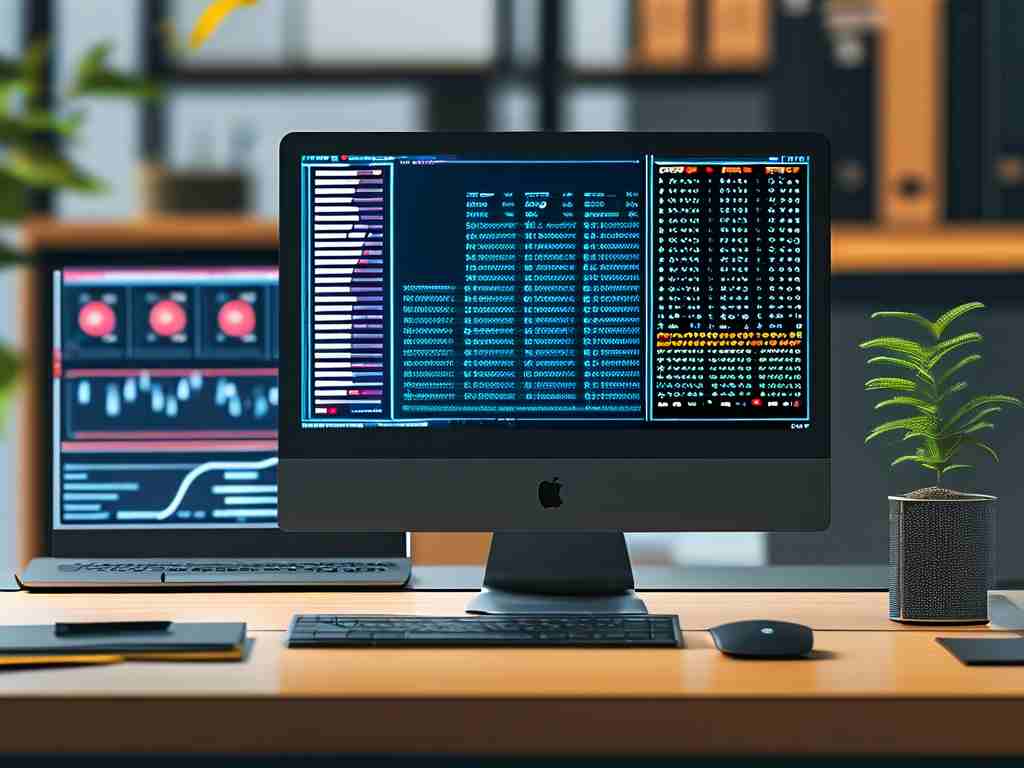In the realm of computer systems, memory management is a critical aspect of ensuring optimal performance. Understanding how memory usage is calculated helps users, developers, and system administrators diagnose issues, optimize resource allocation, and improve overall efficiency. This article explores various methods for calculating computer memory usage, ranging from built-in operating system tools to third-party software and programming-based approaches.

1. Operating System-Specific Tools
Most operating systems provide native utilities to monitor and calculate memory usage. These tools offer real-time insights and historical data:
-
Windows Task Manager:
The Task Manager in Windows displays real-time memory usage under the "Processes" and "Performance" tabs. The "Memory" column shows the working set (physical RAM used) and commit size (virtual memory reserved) for each process. The "Performance" tab provides a graphical overview of total memory consumption, including cached data and available resources. -
Linux Command-Line Tools:
Linux offers tools liketop,htop, andfreeto analyze memory usage. Thefree -mcommand displays total, used, and free memory in megabytes. Thetoputility breaks down memory usage per process, showing metrics like RES (resident memory) and VIRT (virtual memory). Advanced users leverage/proc/meminfoto access detailed kernel-level memory statistics. -
macOS Activity Monitor:
macOS users rely on the Activity Monitor’s "Memory" tab, which categorizes memory pressure, physical memory usage, and app-specific consumption. The "Memory Pressure" graph helps identify bottlenecks, while the "Real Mem" column lists the actual RAM used by applications.
2. Third-Party Monitoring Software
Specialized tools provide deeper insights and cross-platform compatibility:
-
Process Explorer (Windows):
This advanced tool from Microsoft’s Sysinternals suite visualizes memory allocation per process, including private bytes (memory exclusive to a process) and shared resources. -
Nagios or Zabbix (Cross-Platform):
These enterprise-grade monitoring systems track memory usage across servers and networks, generating alerts for abnormal consumption patterns. -
Valgrind (Linux/macOS):
Primarily used for debugging, Valgrind’s Massif tool profiles heap memory usage, helping developers identify memory leaks and inefficiencies in applications.
3. Programming-Based Memory Calculation
Developers often embed memory monitoring directly into software:
-
APIs and Libraries:
Languages like Python offer libraries such aspsutilto retrieve system-wide and per-process memory data. In C/C++, thegetrusage()function provides memory usage statistics for a running process. -
Garbage Collection Metrics:
In managed languages like Java or C#, garbage collection logs reveal memory allocation trends and heap usage, aiding in optimization. -
Custom Memory Profilers:
Tools like .NET’sPerformanceCounteror JavaScript’sperformance.memoryAPI enable real-time tracking of memory consumption within applications.
4. Virtual Memory vs. Physical Memory
Memory calculations must account for virtual memory, which extends physical RAM using disk space. For example:
- Windows: The "Commit Charge" metric in Task Manager represents virtual memory usage.
- Linux: The
vmstatcommand differentiates between swap (virtual) and physical memory utilization.
Misinterpreting virtual memory as physical usage can lead to incorrect s. For instance, high swap usage may indicate insufficient RAM, even if physical memory appears underutilized.
5. Memory Leak Detection Methods
Persistent memory growth often signals leaks. Detection techniques include:
- Baseline Comparison: Monitor memory usage over time to identify unexpected increases.
- Heap Dump Analysis: Tools like Eclipse MAT (Java) or WinDbg (Windows) inspect heap dumps to pinpoint unreleased objects.
- Static Code Analysis: Linters and compilers (e.g., Clang’s AddressSanitizer) flag potential leak-prone code segments.
6. Cloud and Containerized Environments
In cloud infrastructure or Docker/Kubernetes setups, memory calculation adapts to distributed systems:
- Cloud Providers: AWS CloudWatch or Azure Monitor track memory metrics for virtual machines and containers.
- cgroups (Linux): Control groups limit and report memory usage for containers, visible via
/sys/fs/cgroup/memory/.
7. Challenges in Memory Calculation
- Shared Resources: Cached files or shared libraries may be counted multiple times across processes.
- Kernel Memory: OS-level memory usage is often excluded from user-space tools.
- Transient Spikes: Short-lived processes might not appear in periodic scans.
Optimizing Memory Usage
To reduce memory footprint:
- Close unnecessary background applications.
- Upgrade RAM or adjust virtual memory settings.
- Optimize code to minimize dynamic allocations.
- Use lightweight software alternatives.
Calculating memory usage requires a combination of OS tools, third-party software, and development practices. By understanding these methods, users can troubleshoot performance issues, prevent crashes, and make informed hardware or software decisions. Whether you’re a casual user checking Task Manager or a developer profiling an application, mastering memory calculation is essential for maintaining a responsive and efficient system.









